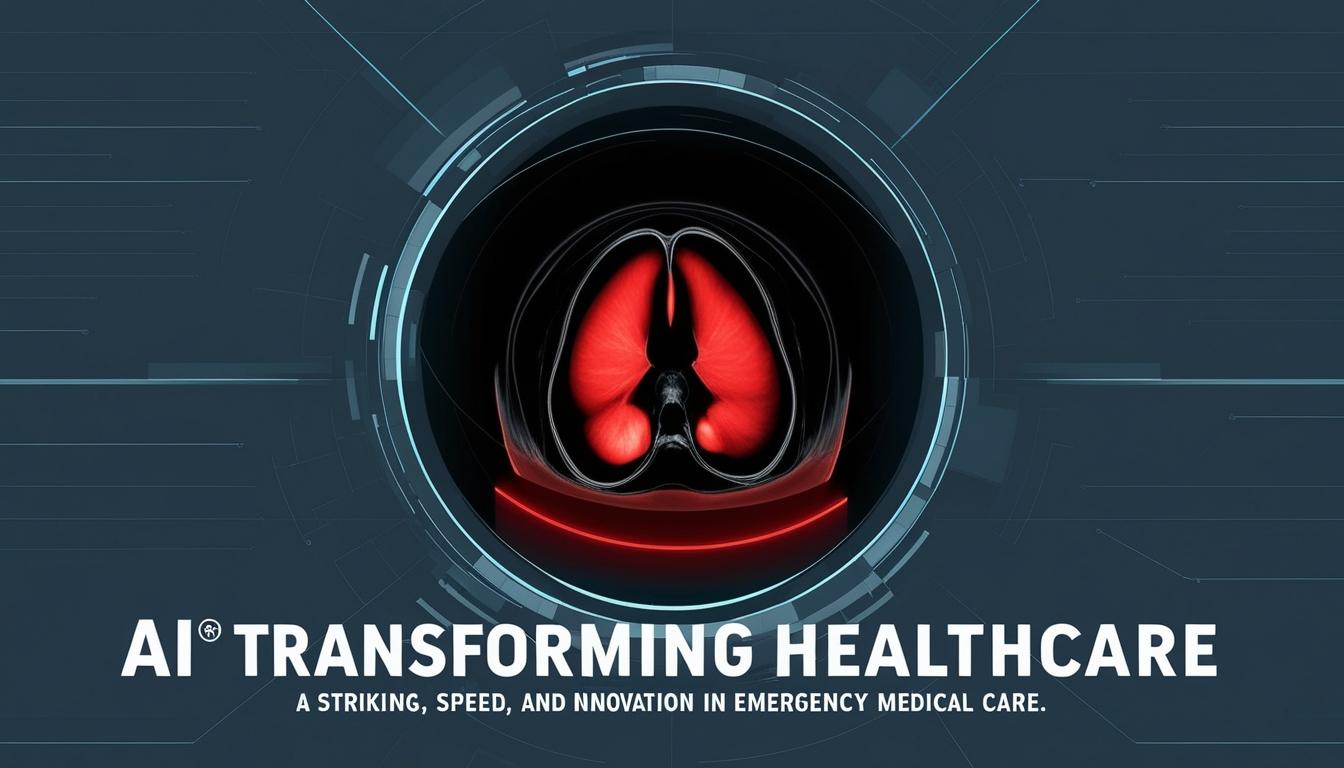At the forefront of the healthcare landscape, artificial intelligence (AI) is fundamentally transforming medical practices and protocols, particularly in imaging services, according to Tanya Dodge, Director of Imaging Services at HCA Midwest Health. In her insights featured in HealthTech Magazine, Dodge elaborates on how AI advancements are reshaping emergency care, enhancing diagnostic processes, and addressing significant staffing shortages faced by medical facilities.
The landscape of stroke treatment, for instance, has evolved dramatically over the last fifty years. Dodge vividly illustrates the stark differences between past and present experiences for stroke patients. "If you have a stroke today, we rush you to the closest certified stroke center and launch your care in a CT scan with a neurologist, most likely online," she states, shedding light on the speed and efficiency of contemporary care. Utilizing AI algorithms, critical exams can now be analysed within minutes, allowing for timely medication administration that often results in patients returning to their pre-stroke conditions.
Dodge acknowledges that many medical facilities, especially smaller critical access hospitals, are grappling with staffing challenges exacerbated by the COVID-19 pandemic. As many healthcare workers exited the field, the reliance on AI has intensified as a solution to maintain operational efficacy and patient care standards. AI serves as a background tool that interfaces with Health Information Management (HIM) and Picture Archiving and Communication Systems (PACS) to streamline processes, prioritising urgent cases for radiologists. These algorithms can automatically flag critical slices of data for immediate attention, rapidly addressing the needs of the healthcare system.
The application of AI extends across various imaging modalities, although its most substantial impact is noted in computed tomography (CT). Given that CT stands as the most frequently employed imaging technique in emergency settings, it has been pivotal in the implementation of AI for stroke care and other urgent medical conditions. As AI technologies continue to develop, so too does the sophistication of data collection and analysis, far surpassing human capabilities in speed and efficiency. Dodge emphasises, “No human, even a radiologist, can collect and calculate data at this speed compared to AI,” affirming that while radiologists are unlikely to be replaced, their workload can be adapted to enhance the quality of care.
AI’s function is crucial in high-acuity examinations, including those for pulmonary embolisms and aortic dissections, where speed in interpreting results can significantly impact patient outcomes. Historical delays in reading such exams are being mitigated by AI, which can elevate urgent cases in mere minutes, ensuring that ordering physicians receive critical results swiftly. This advancement not only meets the increasing patient demands for faster and more precise care—achieving a reported 27% increase in speed—but also addresses the ongoing struggle to deliver high-quality services amidst workforce shortages.
To optimise the implementation of AI technologies, medical facilities are encouraged to identify specific areas where AI can enhance throughput and address bottlenecks in care delivery. Dodge suggests that the strategic alignment of AI solutions with a facility’s overall goals is essential, as well as developing a financial plan to support the procurement of the technology. Additionally, the capacity of AI to generate incidental findings often leads to increased revenues, potentially offsetting the initial costs of investment.
The evolution of AI in healthcare underscores a pivotal shift towards improving patient care while navigating the complexities presented by a diminished workforce. As facilities examine their operational strategies, the integration of AI will likely continue to play a vital role in shaping the future of medical imaging and broader healthcare practices.
Source: Noah Wire Services
